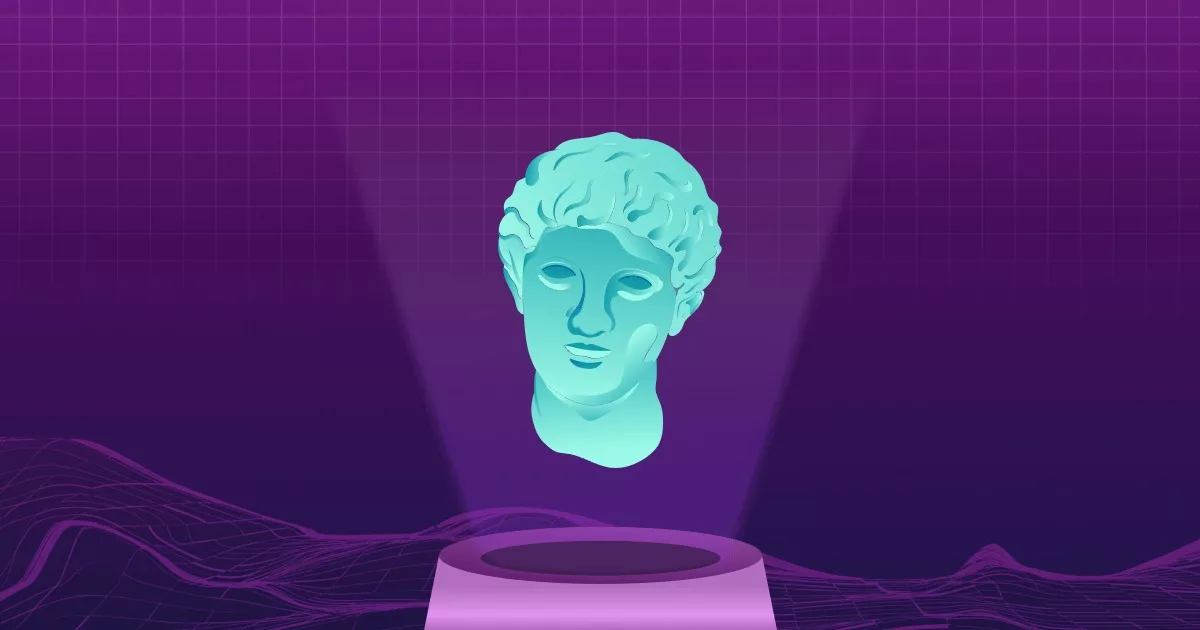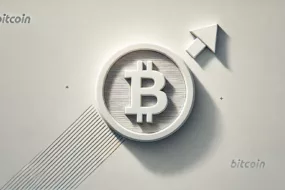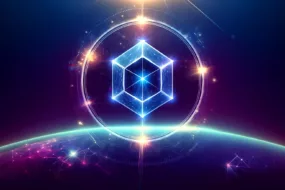
The world of NFTs is as vast as the ocean. From virtual real estate to music, NFTs have opened up a new frontier of possibilities for ownership, creativity, and investment. But with so many different types of NFTs out there, how do you know where to begin?
In this exploration of NFTs, we will delve into the different types of NFTs.
What Are NFTs?
NFTs, or non-fungible tokens, are like digital passports for unique things.
Suppose you have a one-of-a-kind piece of art, like the Mona Lisa. You could take a picture of it and send it to someone, but they could just copy it and have the same thing.
With an NFT, you can prove that you own the original artwork. It’s like a passport proving your identity.
NFTs can represent all sorts of things, like art, music, videos, and even tweets. They have become trendy in the art world because they allow artists to sell their digital creations in a way that ensures they get credit and compensation for their work.
But they can also be used to create exciting virtual experiences, like owning a piece of virtual real estate or a rare item in a video game.
How Do NFTs Work?
NFTs are stored on a blockchain that keeps track of ownership. This means you can’t just make copies of an NFT because each item is unique and has a history stored on the blockchain.
In the past, proving that you owned an original piece of a digital asset was difficult. But now, when you buy an NFT, you purchase ownership rights to that digital content. Thus, it can’t be duplicated or copied.
Also, what’s cool about NFTs is that they are “non-fungible.”
It means they can’t be replaced with something else of equal value. For example, you can trade a dollar bill for another one with the same value. But if you own an NFT, it can’t be replaced for anything else.
Their uniqueness is what makes NFTs so valuable. People are willing to pay a lot to own something no one else has.
Top 8 Different Types of NFTs in 2023
1. Digital art
Digital arts are the first kind of NFTs to come into existence. It enables artists to create and sell their digital artwork in a way that ensures they get credit and compensation for their work.
Examples: Artists can create animations, images, or videos and mint them as NFTs on a blockchain.
Use Case: NFTs allow artists to earn money from their work in a way that was never possible before. Instead of selling prints or licensing their work to others, artists can sell their original digital artwork directly to collectors and investors.
2. Gaming assets
Gaming assets are digital items used in video games and stored on a blockchain as NFTs. It can be traded just like physical assets, creating a new market for gamers and collectors.
Examples: In-game currency, weapons, armor, skins, and even entire characters.
Use Case: In traditional video games, you may spend money on in-game items. But you don’t actually own them — they’re owned by the game developer. But with NFTs, you own the item and can even sell it to other players or collectors for a profit.
3. Collectibles
Collectibles are digital items stored on a blockchain as NFTs intended to be collected and traded by enthusiasts.
Examples: Digital trading cards or even virtual pets.
Use Case: Collectible NFTs are becoming a popular hobby, with some NFTs selling for millions of dollars. They resemble traditional collectibles like stamps, coins, or baseball cards.
And they have added benefits of being digital and easily transferable.
4. Virtual real estate
Virtual real estate is an exciting new frontier in the digital world.
NFT-based real estate allows users to create virtual spaces that reflect their personalities and interests.
Use Case: Virtual real estate is becoming increasingly popular in online gaming communities. Players can purchase and develop virtual properties in massively multiplayer online games. This can lead to new opportunities for community building and even commerce, as players can use their virtual properties to sell virtual products.
5. Sports memorabilia
Sports memorabilia refers to digital items related to sports.
Examples: Virtual trading cards, video highlights, and virtual sports collectibles.
Use Case: What’s interesting about this type of NFT is that it allows fans to own a piece of sports history in a new and innovative way. Instead of physical items like signed jerseys or baseballs, fans can now hold digital items verified on a blockchain. It can also be easily traded with others.
6. Music and audio
It refers to digital music and sound recordings stored on a blockchain as NFTs.
Examples: Digital albums, exclusive concert recordings, and even individual song tracks.
Use Case: It allows musicians and artists to monetize their work in a creative way. Instead of relying solely on streaming revenue or physical album sales, music artists can now sell their digital creations to others. Artists get paid a portion of the sales every time their creation changes hands.
7. Fashion
What happens when NFT meets fashion? A multi-billion dollar industry in its own right. Fashion-based NFTs allow designers to explore new ways of creating and selling fashion in the digital world.
Examples: Digital clothing, accessories, and even virtual runway shows.
Use Case: Fashion-based NFTs have a lot of scope in metaverse platforms.
8. Domain name
A domain name is a unique identifier for a website on the internet. It’s essentially the address people type into their web browser to access a website, like “google.com” or “facebook.com.”
Now enter NFT — NFT domains are a new digital asset type allowing users to own and trade domain names on a blockchain.
Use Case: Like traditional domain names, NFT domains allow users to establish a web presence and connect with others online. But, NFT domains offer several advantages over traditional ones. They can be verified on a blockchain, meaning their ownership and authenticity are secure and transparent. They can also be traded and sold like other NFTs, allowing greater flexibility and value in the domain market.
How to Get Started With NFTs
1. Finding NFT marketplaces
There are a variety of NFT marketplaces to choose from, each with its own strengths and weaknesses. Some popular marketplaces include OpenSea, Nifty Gateway, and SuperRare.
When choosing a marketplace, consider the following factors.
- Reputation and Credibility
- User Interface
- Fees
- Community and Support
2. Purchasing NFTs
Once you’ve found a marketplace and created an account, you can purchase NFTs. Each NFT will include information about the artwork or asset, the price, and any relevant terms or conditions.
When purchasing an NFT, you’ll typically use cryptos like ETH or MATIC to complete the transaction.
3. Storing NFTs
After purchasing an NFT, you’ll need to find a way to store and display it. Digital wallets such as MetaMask or Coinbase Wallet can store NFTs securely.
Conclusion
From digital art to virtual real estate, NFTs offer a new way to own and trade digital assets that are secure and transparent.
As we continue to explore the different types of NFTs, we will likely see even more exciting, and unexpected uses emerge, pushing the boundaries of what is possible in the digital world.
So whether you are a collector, a gamer, an artist, or an entrepreneur, there has never been a better time to explore the world of NFTs and discover the endless possibilities that await!
FAQs
1. What is the difference between NFTs and cryptocurrencies?
NFTs (non-fungible tokens) are unique digital assets verified on a blockchain. On the other hand, cryptocurrencies are digital currencies that can be used for transactions.
NFTs represent a specific item or content, while cryptocurrencies represent a form of value exchange.
2. Can anyone create and sell NFTs?
Yes, anyone can create and sell NFTs.
But, creating a valuable NFT that people are willing to buy requires skill, creativity, and an understanding of the market. It’s also vital to ensure the authenticity and ownership of the NFT through proper verification and documentation.
3. What is the future of NFTs?
The future of NFTs is still uncertain. But many believe that they have the potential to revolutionize the creator economy.
As more industries and individuals explore the possibilities of NFTs, we may see new and innovative uses for them. But, like any emerging technology, the future of NFTs will likely depend on various factors, including market demand, regulation, and technological advancements.





